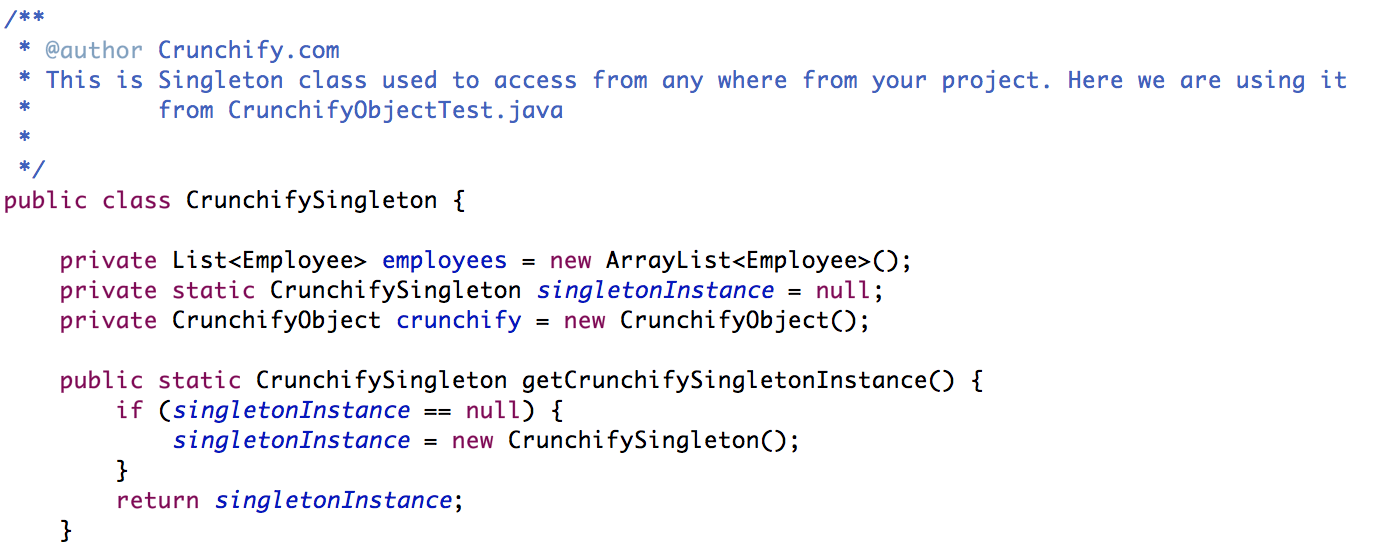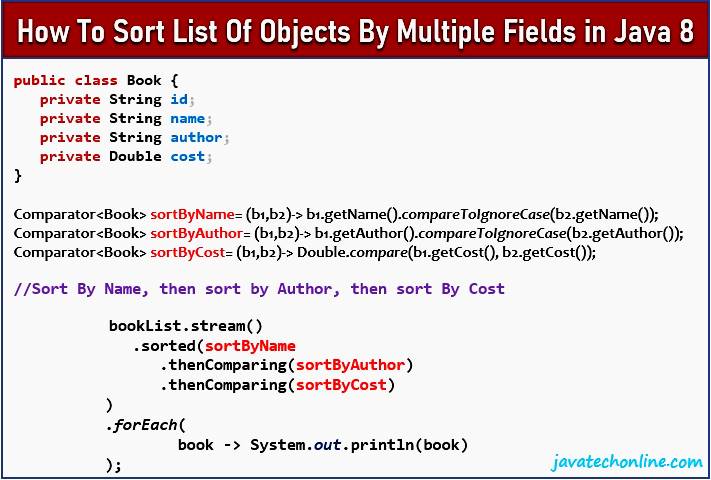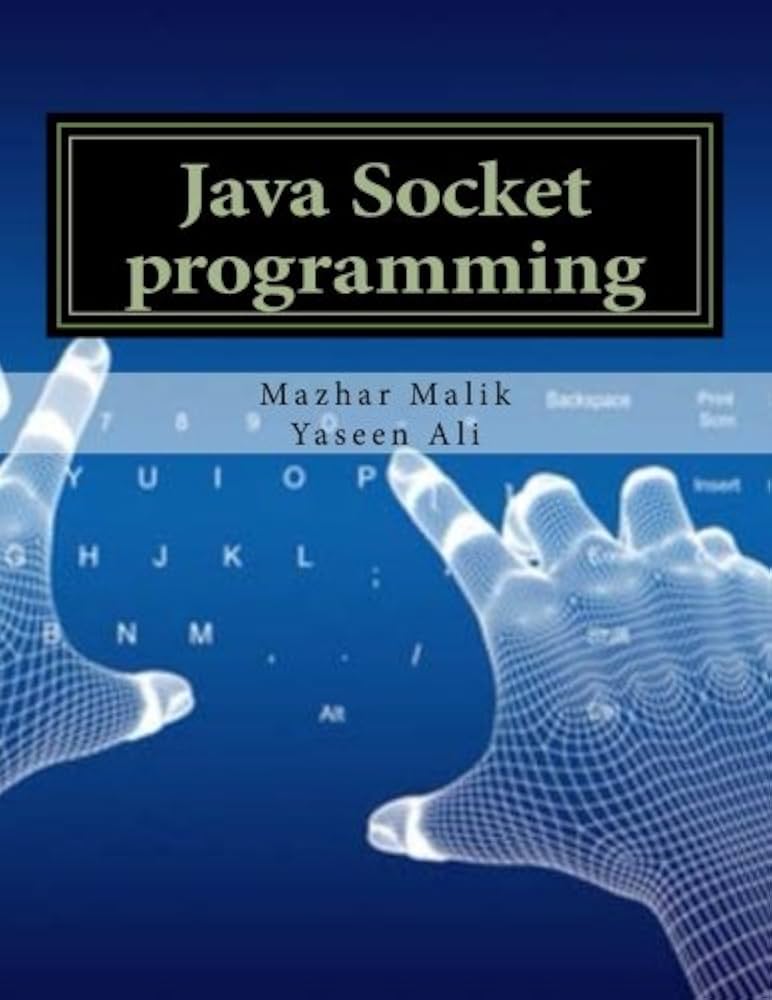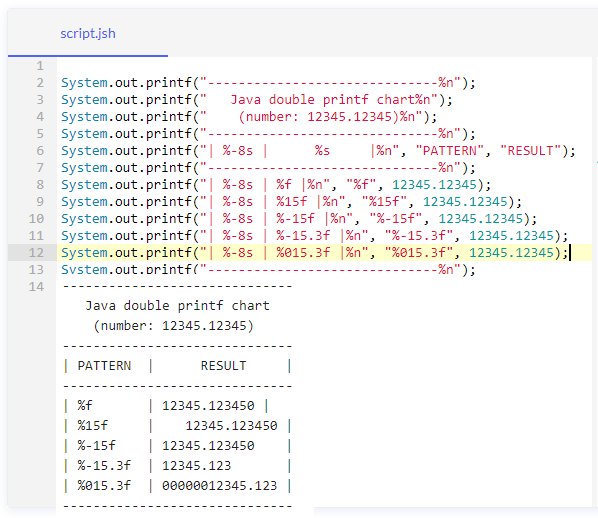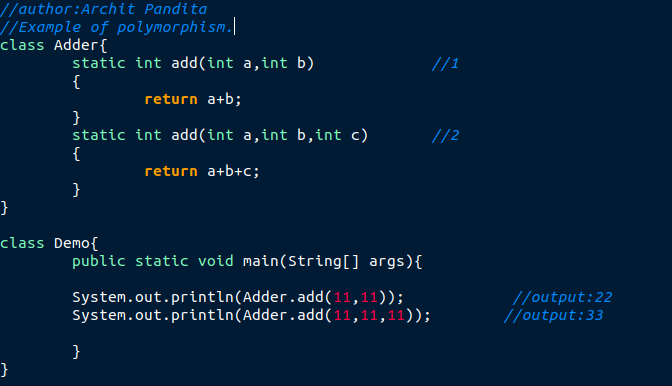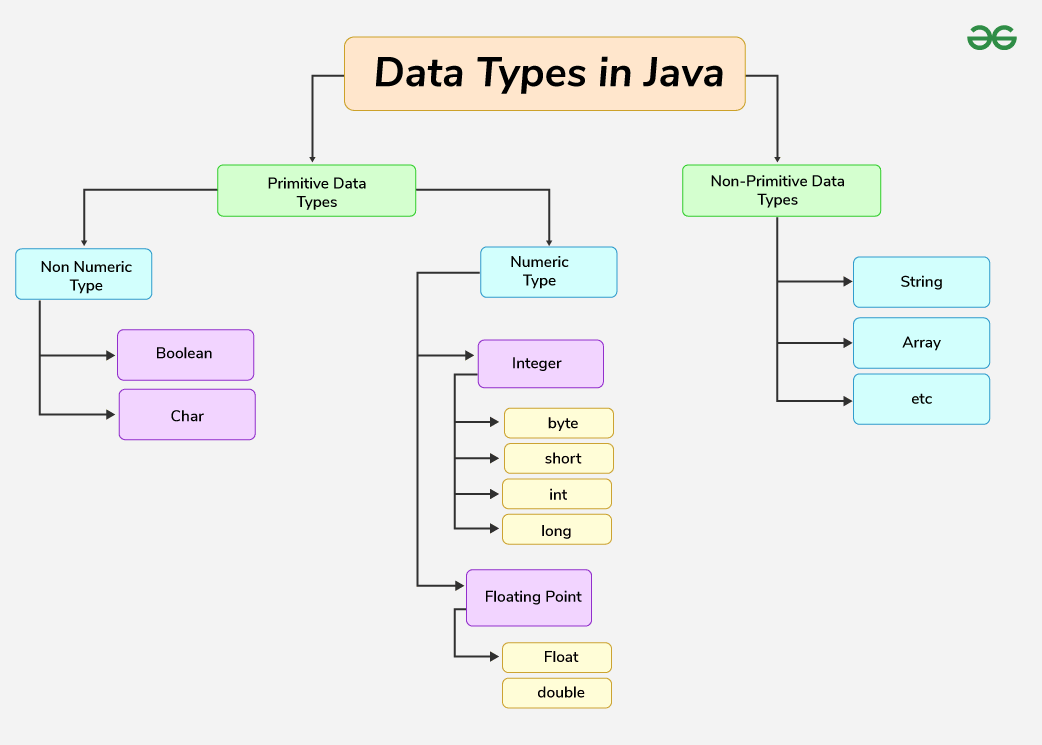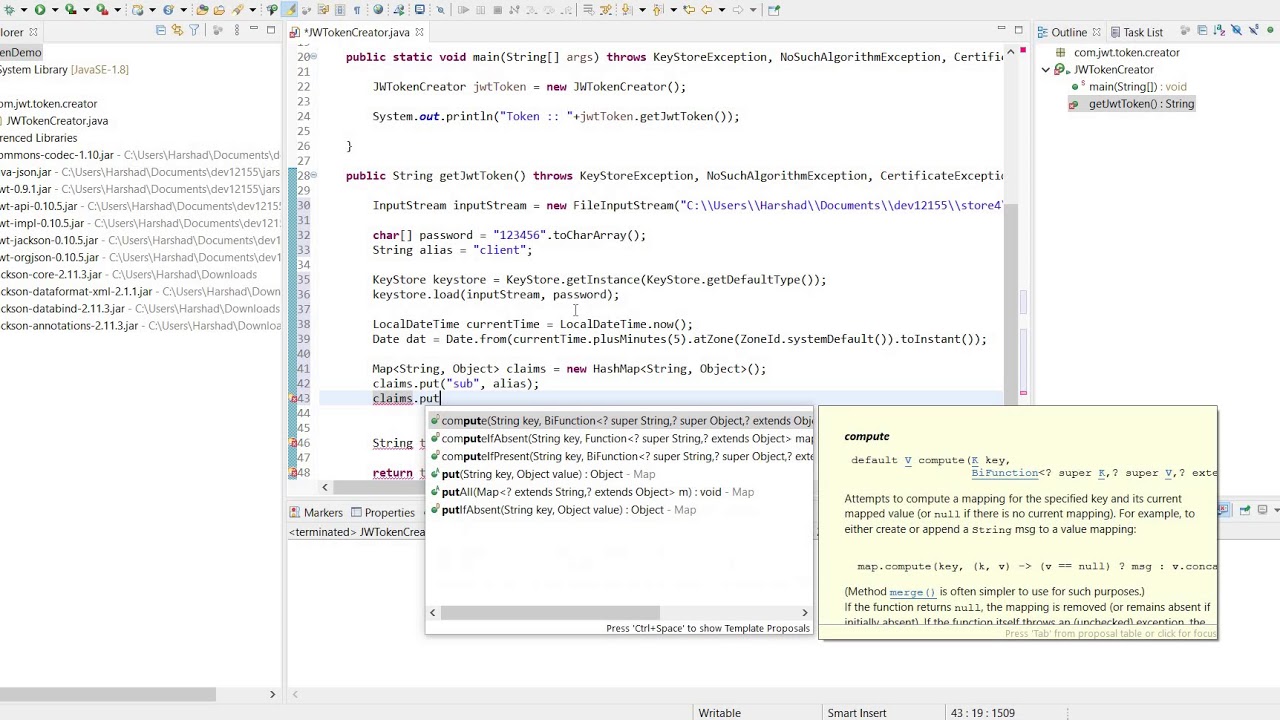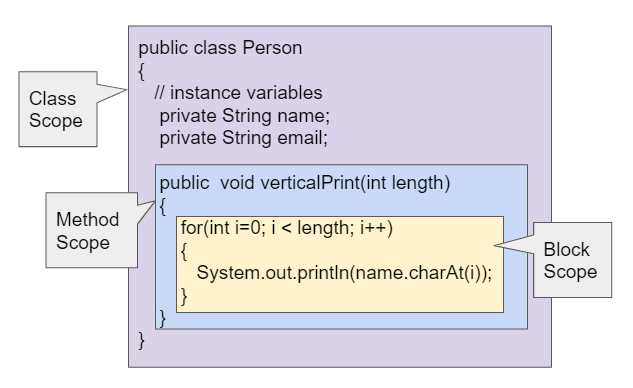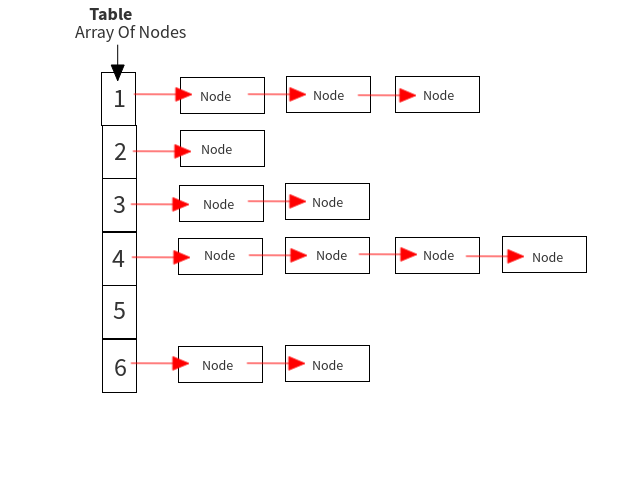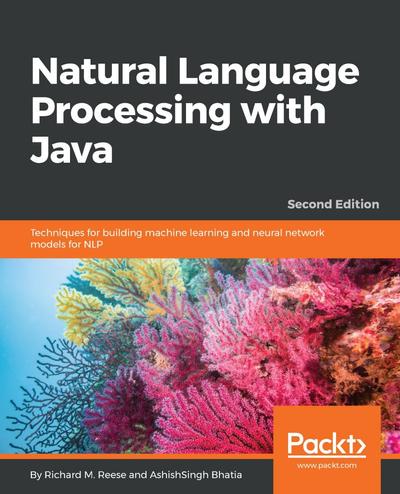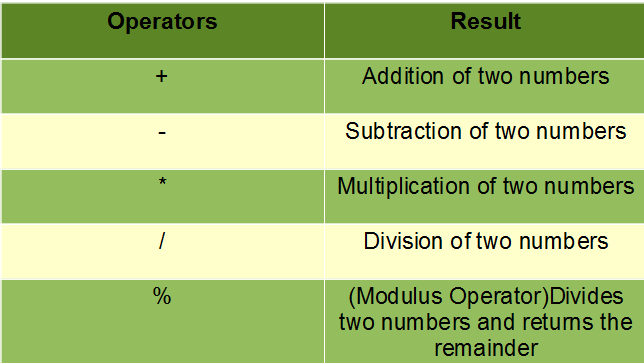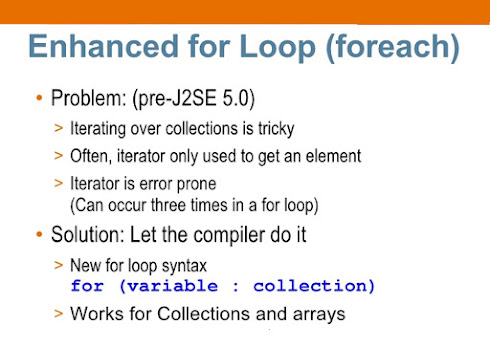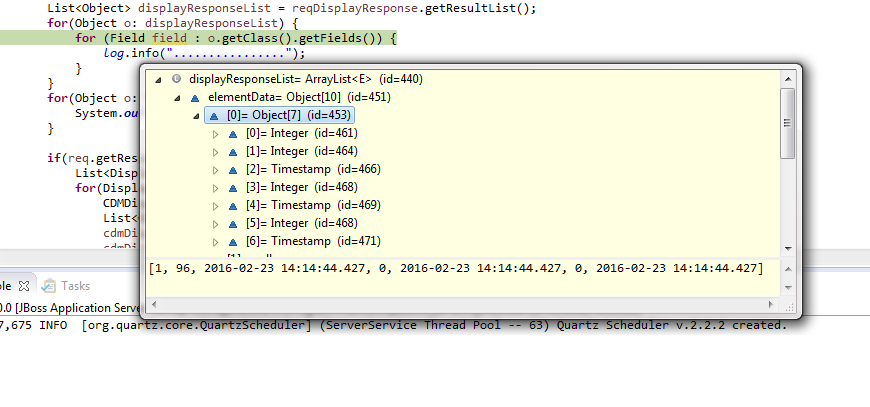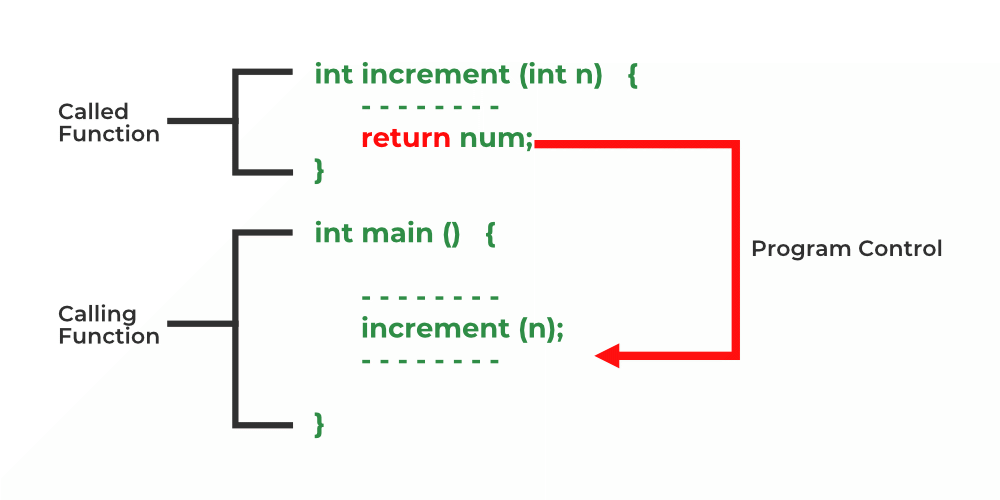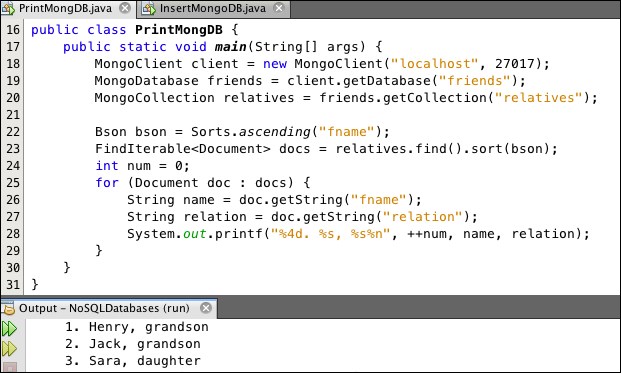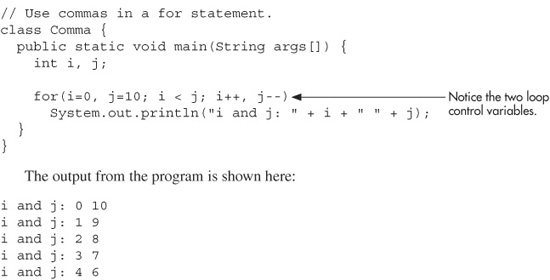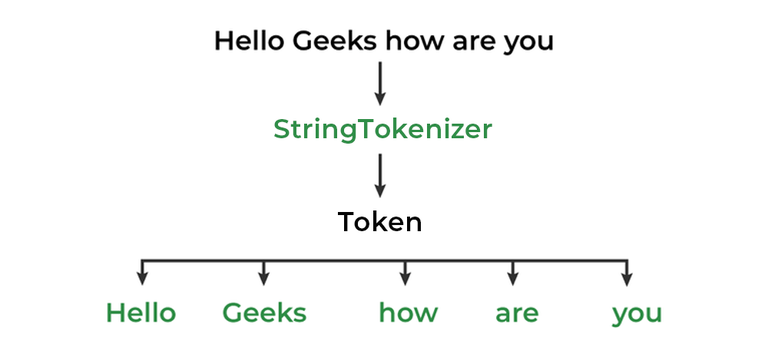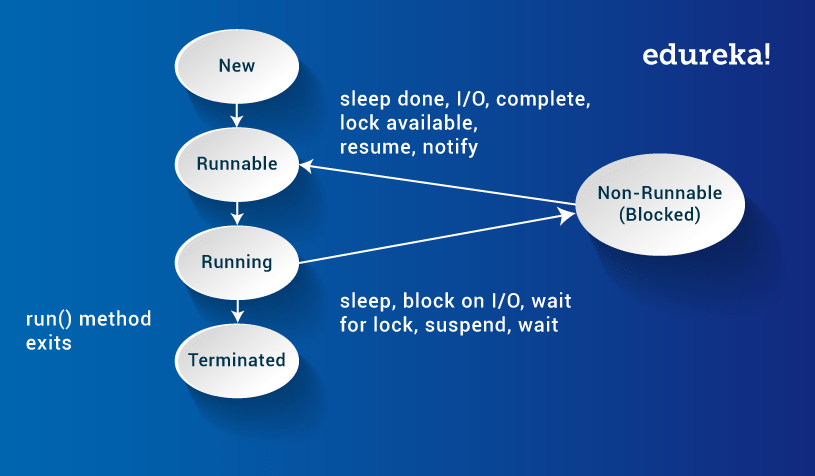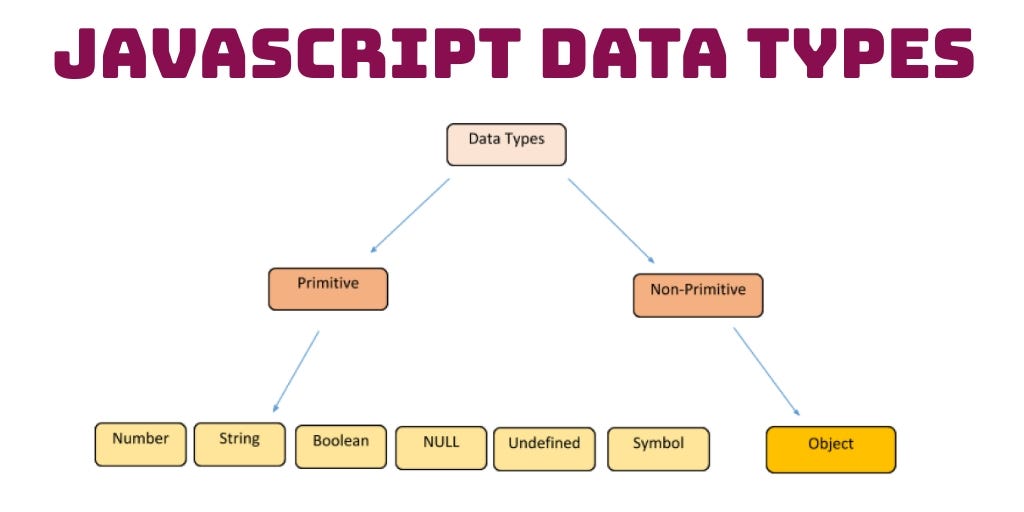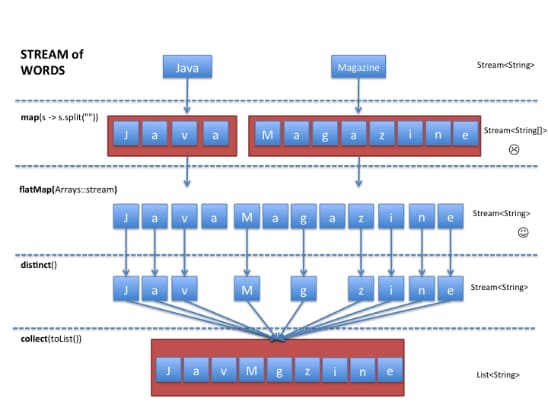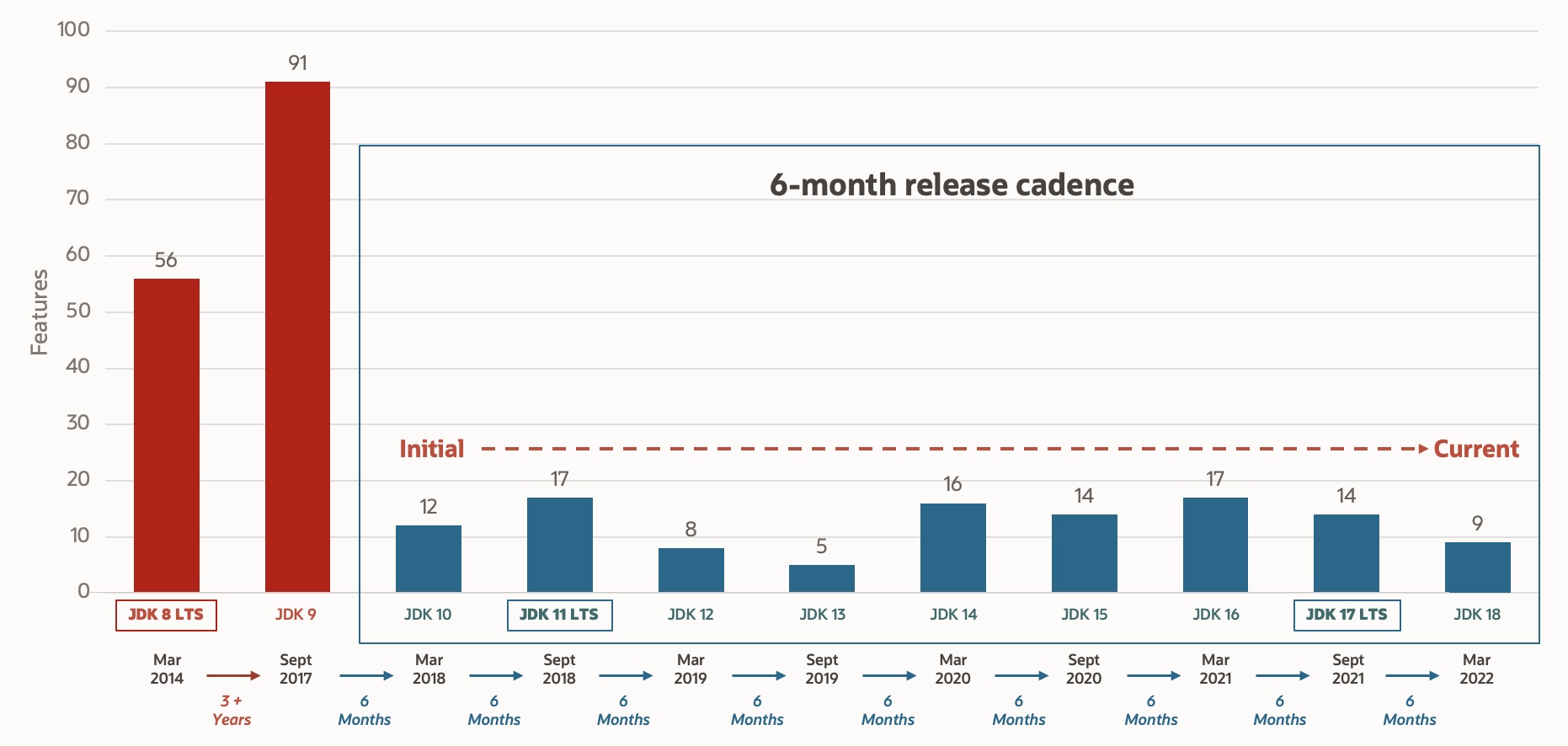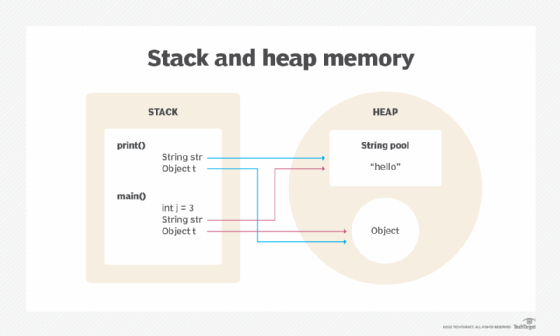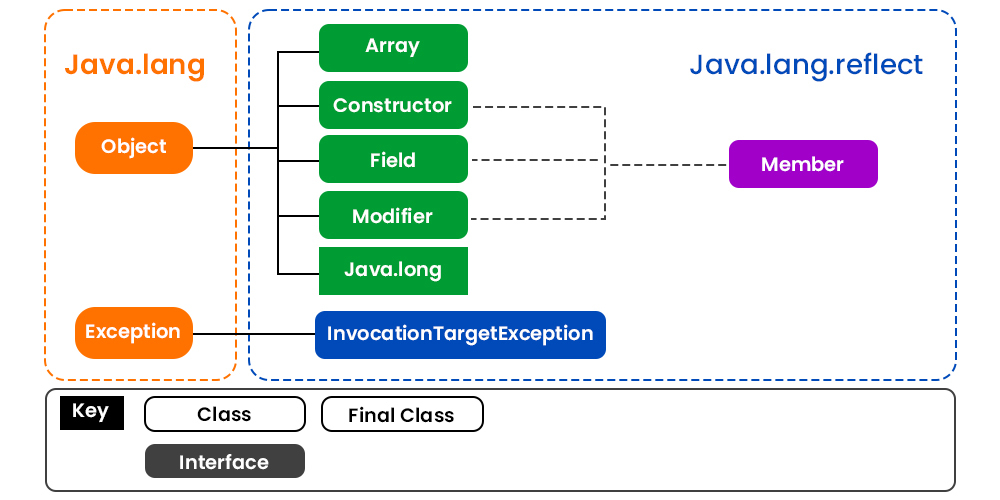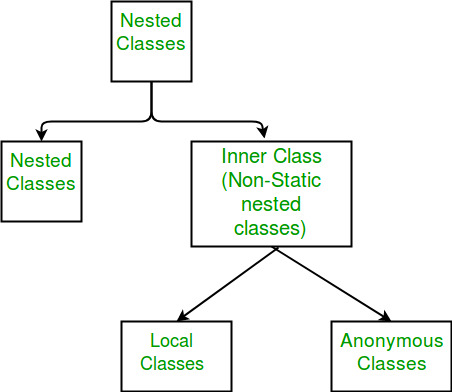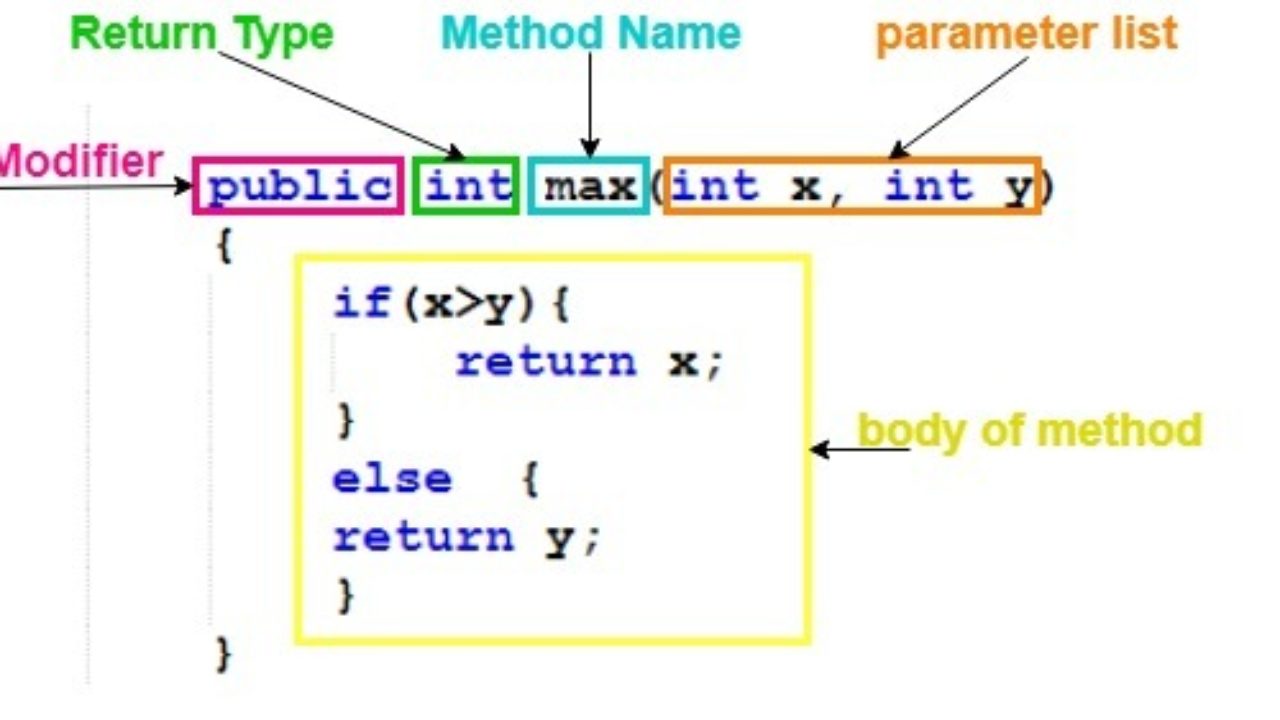Concurrency vs multithreading in Java
Concurrency vs multithreading in Java
The age-old debate: concurrency vs multithreading! In the world of Java programming, it's essential to understand the differences between these two concepts.
Multithreading
In Java, multithreading is a way to create multiple threads within a single program. A thread is a flow of execution that runs concurrently with other threads in the same program. Each thread can have its own stack and executes its own code, allowing for concurrent execution. Multithreading is achieved using the Thread class provided by Java.
Here's how it works:
Create a newThread object, passing a Runnable or Callable as an argument. Start the thread using the start() method. The thread runs concurrently with the main thread and other threads created in the same way.
Concurrency
Concurrency, on the other hand, refers to the ability of multiple threads or processes to share resources and execute instructions simultaneously. In Java, concurrency is achieved using high-level abstractions like Executor, Future, and Callable.
Here's how it works:
Use anExecutor (like ThreadPoolExecutor) to manage a pool of worker threads that can execute tasks concurrently. Submit tasks to the executor using methods like execute() or submit(). The executor schedules the tasks and manages their execution, allowing for concurrent processing.
Key differences
So, what's the main difference between concurrency and multithreading?
Scope: Multithreading focuses on creating multiple threads within a single program, whereas concurrency is concerned with executing tasks concurrently across multiple threads or processes. Abstraction level: Multithreading involves low-level thread management using theThread class, while concurrency provides higher-level abstractions for task execution and management. Resource sharing: Concurrency enables shared resources among concurrent threads or processes, which can be more complex to manage than the separate stacks of multithreading.
When to use each
So, when should you choose one over the other?
Use multithreading: When you need fine-grained control over thread creation and management. When your application requires multiple threads performing different tasks concurrently. Use concurrency: When you need to execute tasks concurrently across multiple threads or processes. When you want to simplify task execution and management using higher-level abstractions.In Java, it's essential to understand the strengths of both multithreading and concurrency. By choosing the right approach for your specific problem domain, you can create more efficient, scalable, and responsive applications.
Hope this helps!
Concurrency in Java example
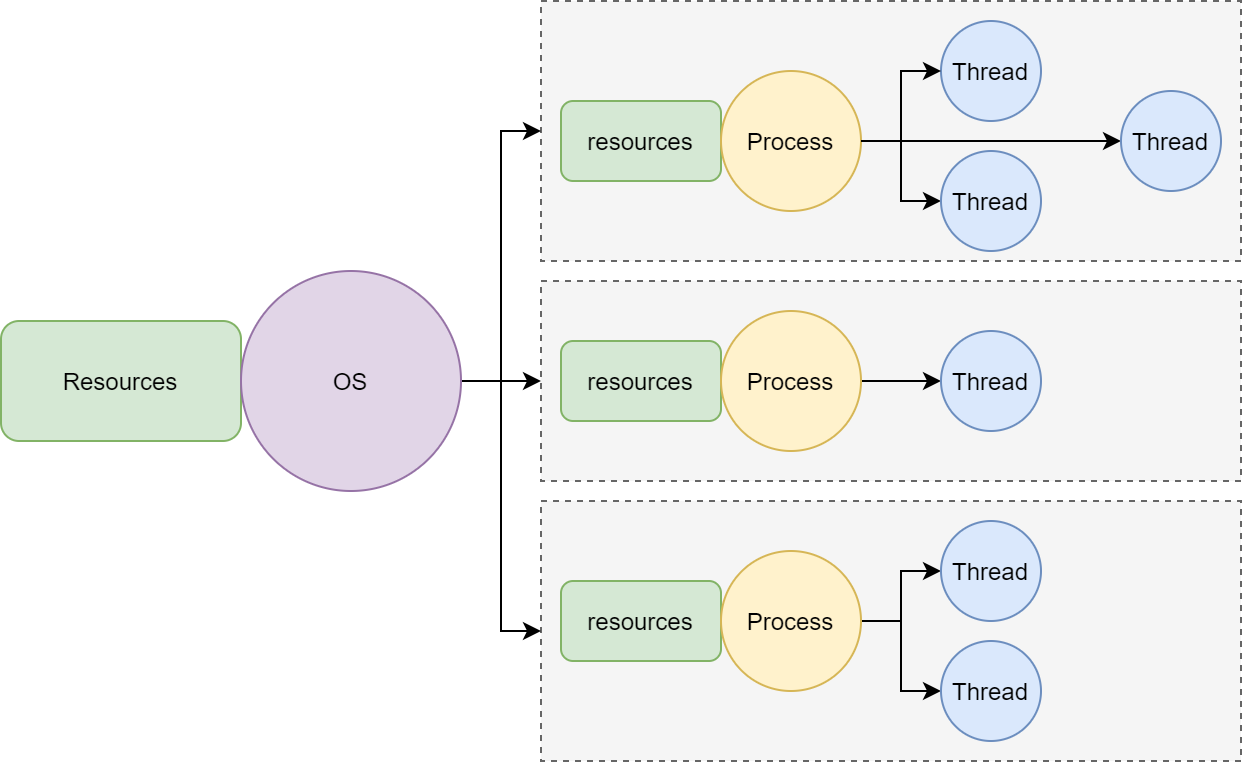
Concurrency! A fascinating topic in the realm of programming.
In Java, concurrency is achieved through the use of multiple threads that can execute concurrently. This allows your program to perform multiple tasks simultaneously, improving overall performance and responsiveness.
Here's a simple example of concurrency in Java:
import java.util.concurrent.*;
public class ConcurrencyExample {
public static void main(String[] args) throws InterruptedException, ExecutionException {
// Create an ExecutorService with 5 threads
ExecutorService executor = Executors.newFixedThreadPool(5);
// Define tasks to be executed concurrently
Callable task1 = () -> {
Thread.sleep(2000); // Simulate some work
return "Task 1 completed";
};
Callable task2 = () -> {
Thread.sleep(3000); // Simulate some other work
return "Task 2 completed";
};
Callable task3 = () -> {
Thread.sleep(1000); // Simulate some more work
return "Task 3 completed";
};
// Submit tasks to the executor and get a Future for each
Future future1 = executor.submit(task1);
Future future2 = executor.submit(task2);
Future future3 = executor.submit(task3);
// Wait for all tasks to complete
String result1 = future1.get();
String result2 = future2.get();
String result3 = future3.get();
System.out.println(result1);
System.out.println(result2);
System.out.println(result3);
// Shutdown the executor when done
executor.shutdown();
}
}
In this example, we create an ExecutorService with 5 threads using the newFixedThreadPool method. We then define three tasks that will be executed concurrently: task1, task2, and task3.
Each task simulates some work by sleeping for a specified amount of time using the Thread.sleep method. When each task completes, it returns a string indicating its completion.
We submit these tasks to the executor using the submit method, which returns a Future object that represents the execution of the task. We can then use this Future to get the result of the task when it completes by calling the get method.
In our example, we wait for all three tasks to complete by calling future1.get(), future2.get(), and future3.get() in succession. Finally, we print out the results of each task.
When you run this program, you'll see that the tasks are executed concurrently, with each one taking its own amount of time to complete. This demonstrates how concurrency can be used to improve the performance and responsiveness of your Java programs.
Remember to always shut down your ExecutorService when you're done using it, as shown in the example above. This ensures that any remaining tasks are properly terminated and resources are released.

